The National Center for Earth and Space Science Education (NCESSE), and its international arm, the Arthur C. Clarke Institute for Space Education, are honored to announce the start of program operations for Student Spaceflight Experiments Program (SSEP) Mission 19 to the International Space Station (ISS) – the 21st SSEP flight opportunity since program inception in 2010. Mission 19 to ISS officially begins on September 3, 2024, and we are proud to welcome aboard the 21 communities listed below.
Each participating community submitted a formal Implementation Plan for review and approval, which demonstrated how SSEP would address their community’s strategic needs in STEM education, and detailed a real world plan for how a Local Team of educators would engage up to hundreds of students in real microgravity experiment design and proposal writing. Based on the Implementation Plans, the 21 Mission 19 communities will engage 9,800 grade 5-16 students in experiment design, and over 1,200 flight experiment proposals are expected from student teams. A 2-step formal proposal review process, culminating with the SSEP National Step 2 Review Board meeting in December 2024 near Washington D.C., will select one flight experiment for 20 of the 21 communities. One community, Ukraine, is flying 2 experiments, for a total of 22 Mission 19 flight experiments.
Of special note (institution names are provided in the Mission 19 community list at the bottom of this post)–
- 20 of the 21 Mission 19 communities are returning communities: Mission 19 is the twelfth mission for Hillsborough County, Florida; the eighth mission for iForward-Grantsburg, Wisconsin; and the fifth mission for Edmonton, Alberta, Canada. Mission 19 is also the fourth mission for 5 communities, the third mission for 4 communities and the second mission for 8 communities
- 4 of the communities are 2- and 4-year colleges and universities focusing on undergraduate engagement, in: Colorado Springs, Colorado; Pittsfield, Massachusetts; Athens, Ohio; and Pittsburgh, Pennsylvania
- 1 community in Canada: Edmonton, Alberta
- 1 community with both Brazil and Portugal participating; São Paulo, Brazil; and Porto and Lisbon, Portugal
- 1 community is a nationally distributed SSEP competition across Ukraine
The 22 flight experiments for Mission 19 to ISS will be selected by December 20, 2024, with a projected launch as the SSEP Endeavour payload of experiments in late Spring / early Summer 2025.
Community participation in Mission 19 to ISS has been made possible through NCESSE strategic partnerships with Nanoracks LLC, and the Center for the Advancement of Science in Space (CASIS). Funding for many of the participating communities was also provided by Local Partners – businesses, foundations, and individuals – which provided funding directly to participating schools in their area. The SSEP Mission 19 Community Profiles and Local Partners page is a place on the SSEP website where we provide a profile of each participating community, and we acknowledge the remarkable support provided by all National and Local Partners. We invite you to explore that page to read about your community, and assess if there are any partners that need to be added. To add partners, please contact SSEP Flight Operations Manager John Hamel, email: johnhamel@ncesse.org.
Program Overview and Heritage to Date
The Student Spaceflight Experiments Program (SSEP) is designed as a national model for STEM education, and immerses up to hundreds of students across a participating community in an authentic real world, trans-disciplinary research experience as part of America’s Space Program. This is not a simulation – we are truly inviting each community into America’s Space Program. We are inviting all participating students to take on the role of real microgravity researchers – formally designing microgravity experiments against real world engineering and technology constraints, writing real proposals against a formal proposal guide, and going through a real proposal review competition. SSEP was created in the very best spirit of allowing our students to see firsthand what is expected of professional scientists and engineers on the frontiers of human exploration. SSEP gives students the ability to make an informed decision about a possible career in a STEM field through immersion in a real world research experience.
Each participating SSEP community is provided a flight certified, microgravity research mini-laboratory and launch services to transport the mini-lab containing one student team designed microgravity experiment to the International Space Station in Low Earth Orbit, where the astronauts will operate the experiment. Each community has a Local Team of educators that first delivers an established microgravity curriculum to often hundreds of students, and the students then form research teams of 3-5 students per team. Each of the resulting teams vie for the single experiment slot provided to their community through design of a research investigation – a microgravity experiment in a science discipline of their choice, and writing a proposal, mirroring how professional researchers secure limited research assets through a formal call for proposals. Review of all proposals culminates with the SSEP National Step 2 Review Board selecting the flight experiment for each participating community.
Heritage: Since program inception in 2010 (through Mission 18), 161,900 grade 5-16 students in 242 communities across the U.S., Canada, Brazil and Ukraine have been immersed in real research, designing microgravity experiments to fly to ISS. Over 31,300 formal research proposals have been submitted by student teams. To date, 381 experiments have flown to ISS and returned to Earth for harvesting and analysis by their student flight teams. Over 249,900 more students across the entire grade preK-16 pipeline were engaged in their communities’ broader STEAM experience, submitting 215,000 Mission Patch designs. Each year, communities send delegations to the SSEP National Conference where student flight teams report on experiment design and science results.
To get into the spirit of SSEP Mission 19 to ISS, the video below is the NASA live coverage of the launch of SpaceX CRS-26 from Kennedy Space Center in Florida at 2:20 pm EST, November 26, 2022. The CRS-26 Dragon spacecraft carried the 24 SSEP Mission 16 experiments to ISS. The experiments were conducted by astronauts for 6 weeks on orbit, with Dragon returning to Earth and splashing down in the Atlantic off the Florida coast, on January 11, 2023. Listed below are the 3 astronauts that participated in SSEP Mission 16 and operated the experiments on ISS.
The 39 Mission 18 experiments are scheduled to launch on SpaceX CRS-31 in October 2024 from Kennedy Space Center in Florida. Stay tuned.
You can watch videos of all SSEP launches since program inception, with the first two SSEP payloads on the final flights of Space Shuttles Endeavour (STS-134) and Atlantis (STS-135), and watch videos of astronauts operating the experiments, at the Launch and On-Orbit Operations History page.
SSEP Mission 16 to ISS
Vehicle: SpaceX CRS-26
Launch: November 26, 2022 at 2:20 pm ET
Site: Space Launch Complex 39A, NASA Kennedy Space Center, FL
Payload Designation: SSEP18 – Ranger, 24 experiments
SSEP Mission 16 Information: Flight Profile, Media Coverage, Press Kit
Mission 16 Participation: Participating Communities, Flight Mission Patches
Astronauts on ISS that operated the Mission 16 experiments:
Frank Rubio (USA), NASA Astronaut [biography]
InstaGram: astro_frankrubio
Josh Cassada (USA), NASA Astronaut [biography]
InstaGram: astro_cassada
Twitter: astro_josh
Koichi Wakata (Japan), ISS Crew Member [biography]
Twitter: Astro_Wakata
Mission 19 Communities – Welcome Aboard!
Read a profile for each community, with expected student engagement, institutional partners, and community leadership, at the SSEP Mission 19 Community Profiles and Local Partners page.
1. Brazil and Portugal
(RETURNING COMMUNITY – 4th Mission)
Michaelis Foundation
KSCIA
R-Crio STEM CELLS and Laval University
2. Edmonton, Alberta, Canada
(RETURNING COMMUNITY – 5th Mission)
Edmonton Public School Board
3. Guelph, Ontario, Canada
(RETURNING COMMUNITY – 2nd Mission)
Upper Grand District School Board
4. Ukraine – Nationally Distributed Program
(RETURNING COMMUNITY – 4th Mission)
Junior Academy of Sciences of Ukraine
5. Mesa, AZ
(RETURNING COMMUNITY – 2nd Mission)
Mesa Public Schools
6. Colusa, CA
Colusa Unified School District
7. Glendora, CA
(RETURNING COMMUNITY – 3rd Mission)
Glendora Unified School District
8. Colorado Springs, CO
(RETURNING COMMUNITY – 2nd Mission)
University of Colorado, Colorado Springs
9. Hillsborough County, FL
(RETURNING COMMUNITY – 12th Mission)
Hillsborough County Public Schools
10. Ocala, FL
(RETURNING COMMUNITY – 3rd Mission)
Marion County Public Schools
11. Pittsfield, MA
(RETURNING COMMUNITY – 2nd Mission)
Berkshire Community College
12. Albany, NY
(RETURNING COMMUNITY – 4th Mission)
City School District of Albany
13. Long Beach, NY
(RETURNING COMMUNITY – 3rd Mission)
Long Beach Public Schools
14. Athens, OH
(RETURNING COMMUNITY – 2nd Mission)
Ohio University
15. Pickerington, OH
(RETURNING COMMUNITY – 4th Mission)
Pickerington Local Schools
16. Pittsburgh, PA – CCAC
(RETURNING COMMUNITY – 3rd Mission)
Community College of Allegheny County
17. Plano, TX
(RETURNING COMMUNITY – 2nd Mission)
Plano Independent School District, Academy High School
18. San Antonio, TX
(RETURNING COMMUNITY – 2nd Mission)
North East Independent School District
19. Texarakana, TX
(RETURNING COMMUNITY – 4th Mission)
Texarkana Independent School District
20. Waxahachie, TX
(RETURNING COMMUNITY – 2nd Mission)
Waxahachie Independent School District
21. iForward-Grantsburg, WI
(RETURNING COMMUNITY – 8th Mission)
Grantsburg School District

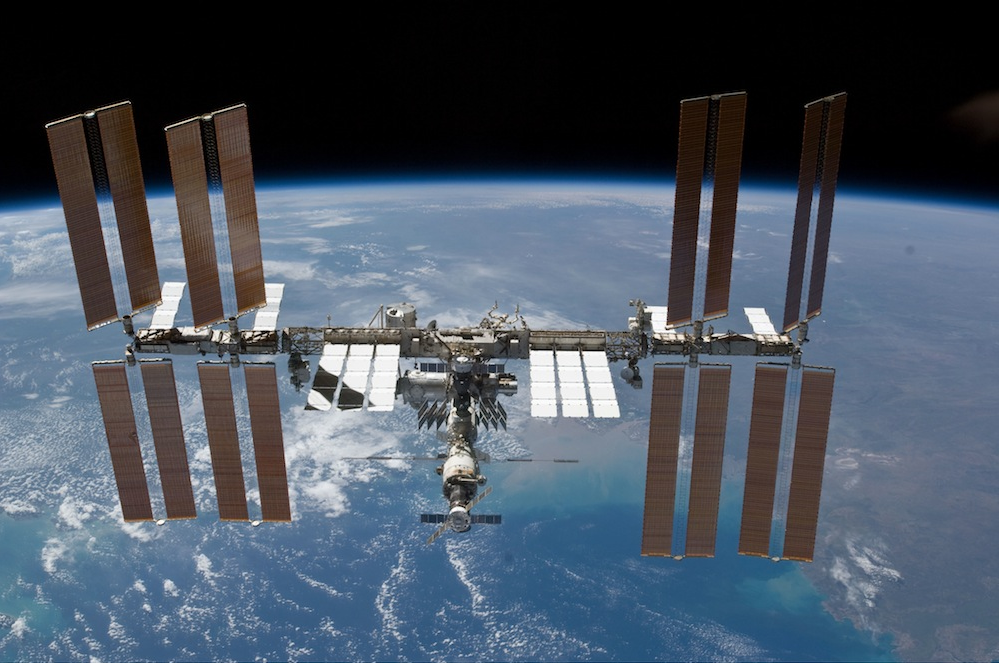


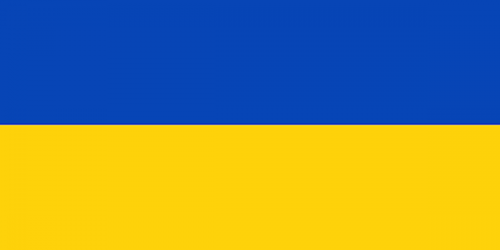
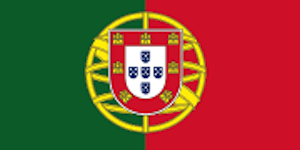
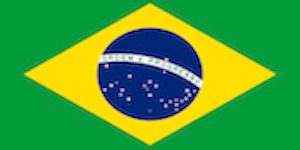
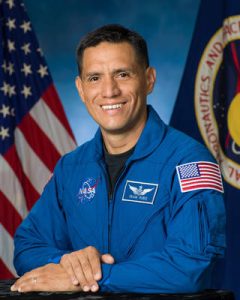
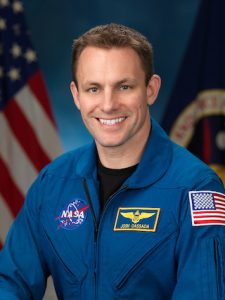
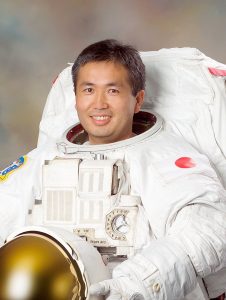
What an impressive list of communities! Keep up the good work!